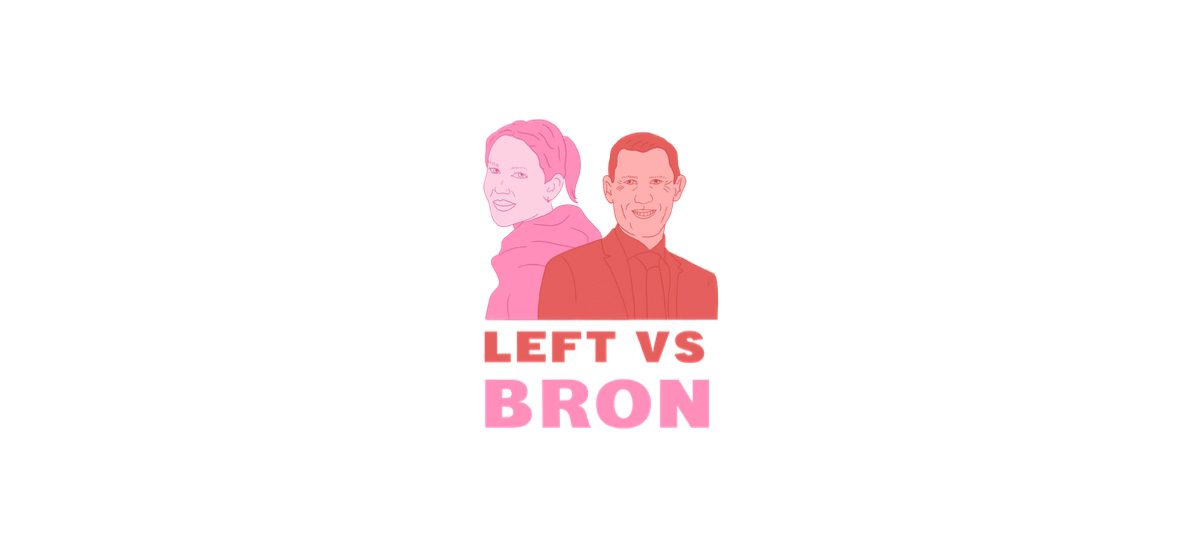
This week National’s Agriculture spokesperson David Bennett is on a deserved holiday after a long few weeks of watching people on tractors complain about the rising cost of utes and people on the news who use the word “Aotearoa”. We gave some thought to just running this piece online but when we asked the Nexus office if the Government had done enough for women we got an enthusiastic “Are you fucking kidding?” from Digital Content Editor Bronwyn Laundry. So we thought we would let her explain.
Question: Have we got the balance right with gender equality and what more could or should this Government be doing for women?
LEFT
Our Government is committed to continuing to get the balance right in gender equality and making sure that it does not matter if you are a man or a woman, you will have equal rights in whatever venture.
In our own Government, we have not only Jacinda Ardern as our leader of the Labour Party and our Prime Minister, but of those who make up cabinet, 40 percent are women, 25 per cent are Māori (two in five of those are women), 15 percent are Pasifika and 15 percent are LGBTQI – one of whom is Deputy Prime Minister Grant Robertson. Women also make up 55 percent of Labour’s caucus.
This year, our Government also achieved more in ethnic diversity and more women on public sector boards reaching our target of 50 per cent. Our success in hitting this target shows that our Government is building the foundation for a better future which will have voices from all walks of life being heard.
In the public service gender pay gap has had its largest annual decrease since 2002: It is now 10.5 percent.
More diverse boards make better quality decisions – and better representation of our diverse communities will be critical in securing our recovery from COVID-19 for all New Zealanders. It allows us to not just hear from one particular party on what they need, but take a holistic approach to how we can recover from COVID-19 and also be stronger coming out on the other side.
The report also found that 71.4 percent of board members are New Zealand European which is down from 71.6 percent in 2019 and that 22.3 percent are Māori which is up from 21.1 percent last year, wāhine Māori currently hold 12.2 percent of public sector board roles.
Hearing from all voices is important for our future and we will continue to strive for a country where everyone has the opportunity to reach their goals whilst also being heard.
BRON
When it comes to CEOs of the top 50 publicly listed companies here in New Zealand, there are four times as many men named John than women named anything. This isn’t exactly difficult, considering Kate McKenzie from Chorus is the only female on that list. As it stands, the CEOs of NZ look more like a bowl of sour cream or the comment section of a Stuff article than a representation of multicultural and gender diverse business owners in Aotearoa.
So in the NZX50, chief executives named John outnumber women 4-1, and what is the Government currently doing to combat this and give women equal opportunities to step into these roles? Programmes to nurture female talent? Non-existent.
While no one can deny superficial statistics; (we have a gender balanced cabinet, we are a picture of gender diversity!) there are equally shocking realities. Need I remind anyone that until last year, abortion was listed in the Crimes Act, meaning to have an abortion you were required to have two doctors sign you off as ‘medically or mentally unfit’ to be a mother. How can the Government claim to be doing everything they can when it took four years for the bare minimum for the bodily autonomy of women?
Yes, the gender pay gap has decreased over time, but on average women still earn $2.50 per hour less than men. It is no coincidence that the industries with a large proportion of wāhine employees (healthcare and social assistance at 83.1 percent and education and training at 72.2 percent), also happen to be Government supported and critically underfunded. Maybe support for wāhine looks less like harping on about a decreasing gender pay gap and gender diverse cabinet and more like adequately funding the industries that women actually work in? Particularly when they’re absolutely critical to the health, wellbeing and education of our overall population.